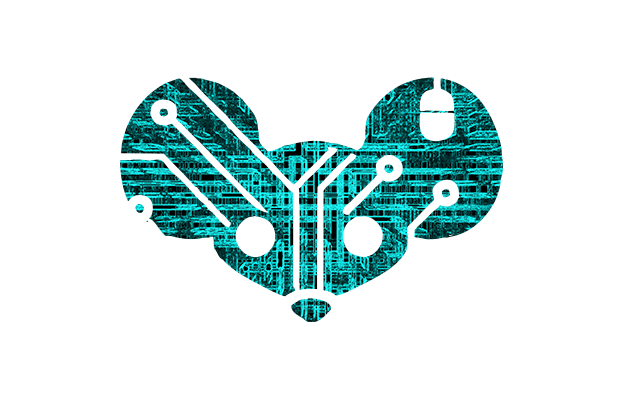Screens keep getting faster. Can you even tell? | CES saw the launch of several 360Hz and even 480Hz OLED monitors. Are manufacturers stuck in a questionable spec war, or are we one day going to wo…::CES saw the launch of several 360Hz and even 480Hz OLED monitors. Are manufacturers stuck in a questionable spec war, or are we one day going to wonder how we ever put up with ‘only’ 240Hz displays?



Well no, because most people aren’t getting them. It’s nice but it’s difficulty to justify spending hundreds on a lightly better screen
This tech trickles down to mainstream in a few years. That’s always how it is.
Cool, so in a few years we’ll have a screen which isn’t better in any noticeable way?
Don’t be so negative, imagine a phone screen at 480 Hz. It’ll be great for when you have too much charge left in your battery and need to drain some.
Well it’s more like you’ll get the usable parts without a huge premium. The was a time when monitors faster than 60hz were premium but now it’s pretty common to see 120hz and beyond on even basic monitors.
There’s still diminishing returns as you go higher, but there’s definitely a noticeable difference between 60hz and 120hz, as well as a less noticeable but noticeable difference between 120hz and 240hz.240hz is becoming more standard now on regular high end monitors and beginning to trickle down too.
Beyond that in terms of response times, you might not notice a difference between 240hz and 360hz, but image clarity will be better because you’ll get less ghosting just from the virtue of the pixels changing so quickly, so it’s not entirely useless.
Part of the reason you’re seeing this is because they can. The panel technology (OLED in this case) is super fast due to it’s design, so it’s not too costly to add the necessary hardware to drive those speeds. For LCD tech, you do get to drive the panels faster and harder, that’s why older screens required shitty TN panels to get those refresh rates, but everything else has been around for a while.
Yup :)
I can’t wait !